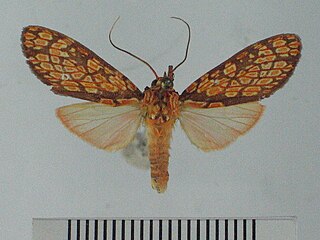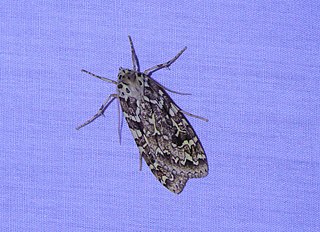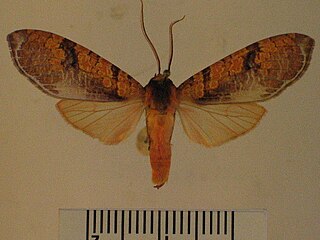
José Lúcio Travassos Valdez, only Baron and first Count of Bonfim, was a Portuguese soldier and statesman.
José António Barreto Travassos was a Portuguese footballer who played as a forward.
Estádio Dr. Francisco de Palma Travassos, usually known as Estádio Palma Travassos, is a multi-use stadium in Ribeirão Preto, Brazil. It is currently used mostly for football matches and it is the home stadium of Comercial and Olé Brasil. The stadium has a capacity of 17,775 people. It was built in 1964.

Comercial Futebol Clube (SP), commonly referred to as Comercial de Ribeirão Preto or simply as Comercial, is a professional association football club based in the city of Ribeirão Preto, São Paulo, Brazil. The team participates in the Campeonato Paulista Série A3, the third tier of the São Paulo state football league.

Dalwood is a village and county parish in the East Devon district of the English county of Devon. It is approximately 3 miles (4.8 km) away from the nearest town, Axminster, and 5 miles (8.0 km) away from Honiton. Dalwood can be accessed by the nearby A35 road. The village is placed within the Blackdown Hills Area of Outstanding Natural Beauty. Along with the nearby village of Stockland, until 1842 the village was a part of an outlier of the county of Dorset.

Cresera is a genus of moths in the family Erebidae. The genus was described by Schaus in 1894.

Graphea is a genus of moths in the family Erebidae. The genus was described by Schaus in 1894.

Phaegoptera is a genus of moths in the family Erebidae. The genus was proposed by Gottlieb August Wilhelm Herrich-Schäffer in 1853.

Oligacanthorhynchida is an order containing a single parasitic worm family, Oligacanthorhynchidae, that attach themselves to the intestinal wall of terrestrial vertebrates.
Centrorhynchidae is a family of parasitic worms. Three species of these thorny-headed worms in the genus Centrorhynchus were found to parasitize birds of prey and owls Slovakia. These hosts include Buteo buteo, Buteo rufinus, Falco tinnunculus, Asio otus, Strix aluco, Strix uralensis and Tyto alba.

The Noronha skink is a species of skink from the island of Fernando de Noronha off northeastern Brazil. It is covered with dark and light spots on the upperparts and is usually about 7 to 10 cm in length. The tail is long and muscular, but breaks off easily. Very common throughout Fernando de Noronha, it is an opportunistic feeder, eating both insects and plant material, including nectar from the Erythrina velutina tree, as well as other material ranging from cookie crumbs to eggs of its own species. Introduced predators such as feral cats prey on it and several parasitic worms infect it.

Characidium is a genus of fish in the family Crenuchidae. They are mainly found in South America, but C. marshi is from Panama. They are small, slender fish that live on the bottom in flowing fresh waters and feed on small animals such as insects.
Events in the year 1840 in Portugal.
Events in the year 1841 in Portugal.
Cresera silvestrii is a moth of the family Erebidae. It was described by Travassos in 1956. It is found in Brazil.
Exilisia pseudomarmorea is a moth of the subfamily Arctiinae. It was described by Hervé de Toulgoët in 1958. It is found on Madagascar.

Graphea marmorea is a moth of the family Erebidae first described by William Schaus in 1894. It is found in Panama, Peru, Venezuela and Brazil.
Graphea paramarmorea is a moth of the family Erebidae first described by Travassos in 1956. It is found in Brazil.

Chrysopsinae is a subfamily of deer flies in the family Tabanidae. There are about 33 genera and 600 described species in Chrysopsinae.











